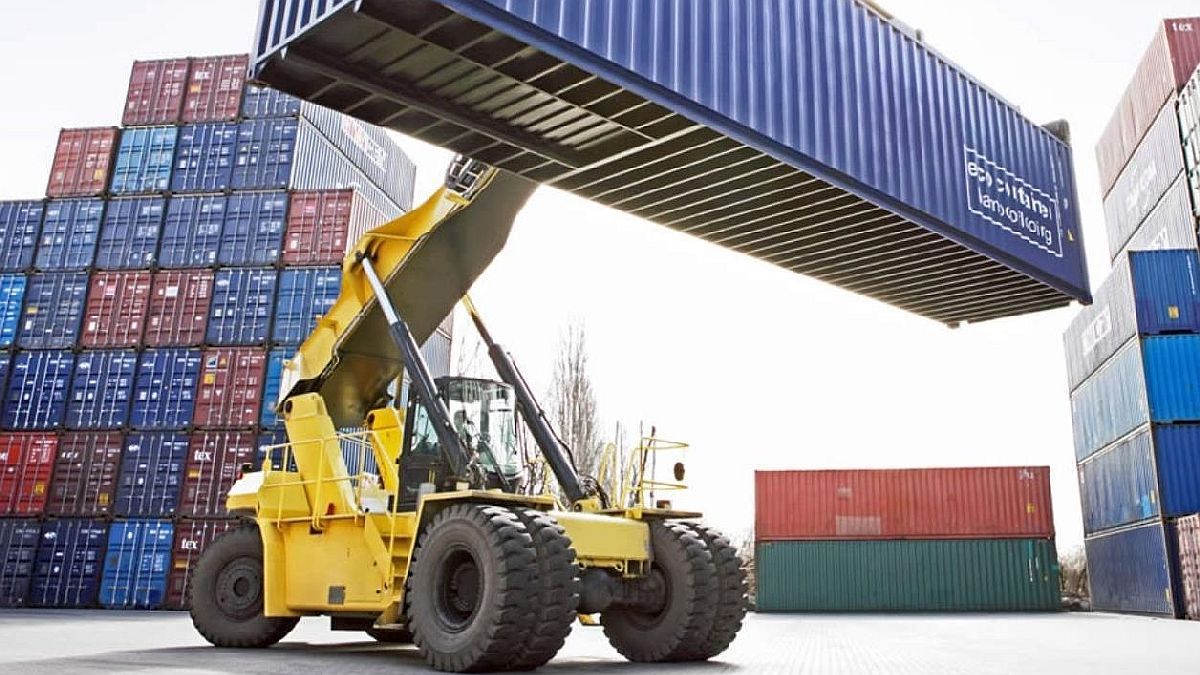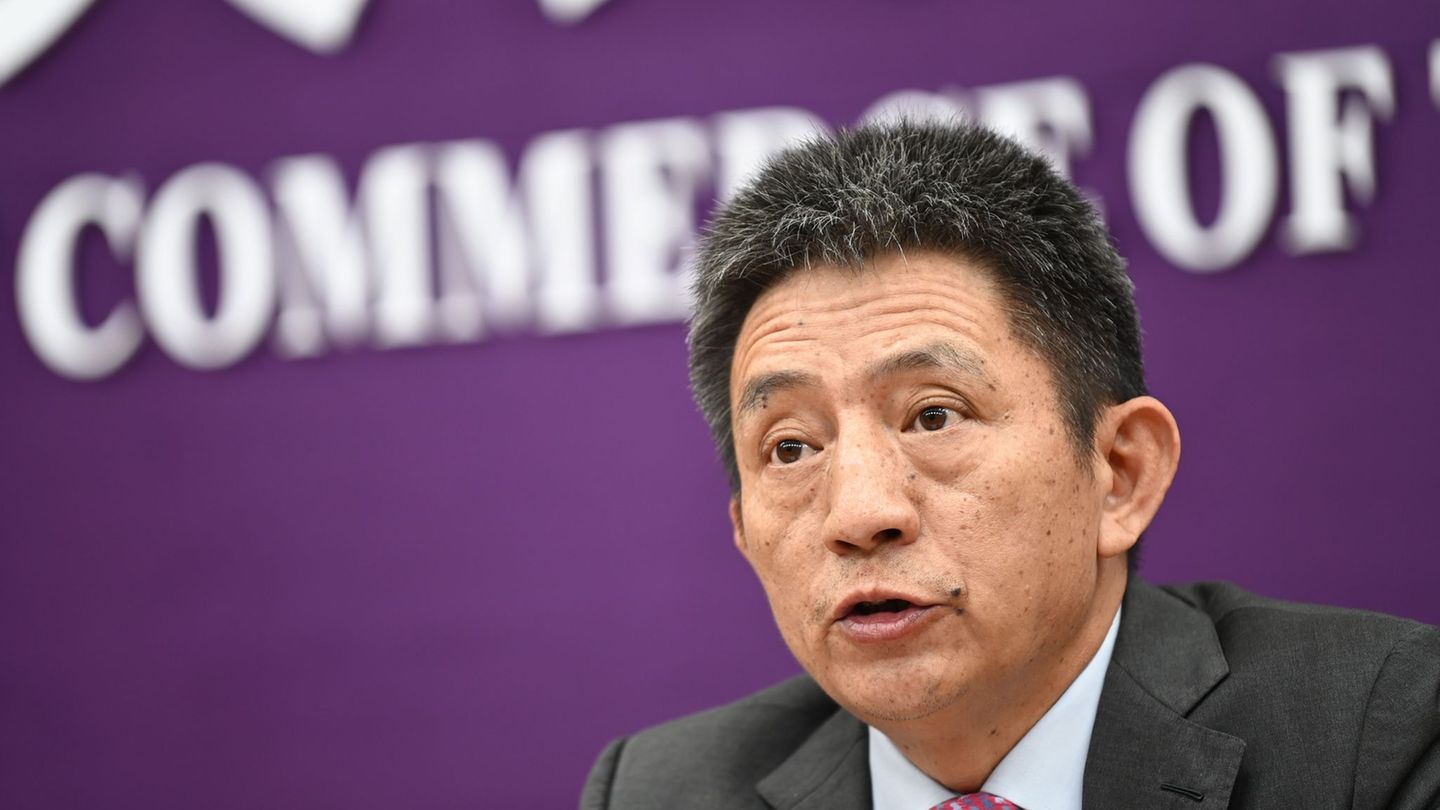The complaint and confusion from the return of the turnstile against imports is widespread among foreign trade operators, as Ámbito was able to verify in a technical meeting organized by the Argentine Chamber of Commerce (CAC) to evaluate the application of the aforementioned resolution.
Entrepreneurs have too many doubts because the rule is open to interpretation. The companies affirm that from the moment the BCRA decided to transfer all products with Non-Automatic Licenses to a mandatory 180-day financing regime, the “red” colors of the traffic light are becoming generalized.
What would be the explanation? The regulations state that the declarations must be prepared at the FOB value (Free on Board) purchase, that is, free of charge once the merchandise has been shipped. On these values, the companies calculate the amount of what they bought last year, add 5% and with that they have to obtain the quota of dollars for this year. But when the data is loaded into the BCRA terminal at the company’s bank, the traffic light shows red. Companies are not clear about the formula used by the entity chaired by Miguel Pesce. Some assume that the entity includes gross amounts of dollars sent abroad last year, which are somewhat higher to the sum of the FOB values. They assume that other concepts are being added.
Some businessmen are analyzing the possibility of resorting to judicial protection to unblock the “traffic light”. Everyone is aware that to access the dollars it is not enough to obtain the approval of the SIMI declaration (Integrated Import Monitoring System). As they pointed out, the situation “is going from brown to dark” and they affirm that it is “illegal” that the Central Bank does not allow them to buy foreign currency.
The latest rule of the governing body of the financial system maintains the limit of US$250,000 for free access to the foreign exchange market, as long as it does not exceed the annual quota.
At the Central Bank they assure that the restrictions on access to the Single and Free Exchange Market will remain at least until August. It is assumed that in that month energy imports are going to loosen when the hardest part of winter is over and, with this, foreign currency can be freed up for something else. In the monetary entity, it is estimated that the amount of monthly purchases is US$8,000 million on average, of which US$2,000 million are for energy. All this is in case the seasonality of the harvest settlement has changed. It is assumed that the producers still have to sell an important part of their grains, which are protected in silobags.
Last week the BCRA announced greater currency flexibility for some economic sectors, for large companies. These are auto parts for the automotive industry, which threatened to stop due to lack of inputs, and agrochemicals for the field.
On the other hand, in the toy sector it is expected that for August, one of the strong moments of sales for Children’s Day, there will be shortages of imported, which are the articles linked to technology. In the same way that some companies in the metallurgical sector see a possible slowdown in activity in the coming weeks.
Source: Ambito
David William is a talented author who has made a name for himself in the world of writing. He is a professional author who writes on a wide range of topics, from general interest to opinion news. David is currently working as a writer at 24 hours worlds where he brings his unique perspective and in-depth research to his articles, making them both informative and engaging.




